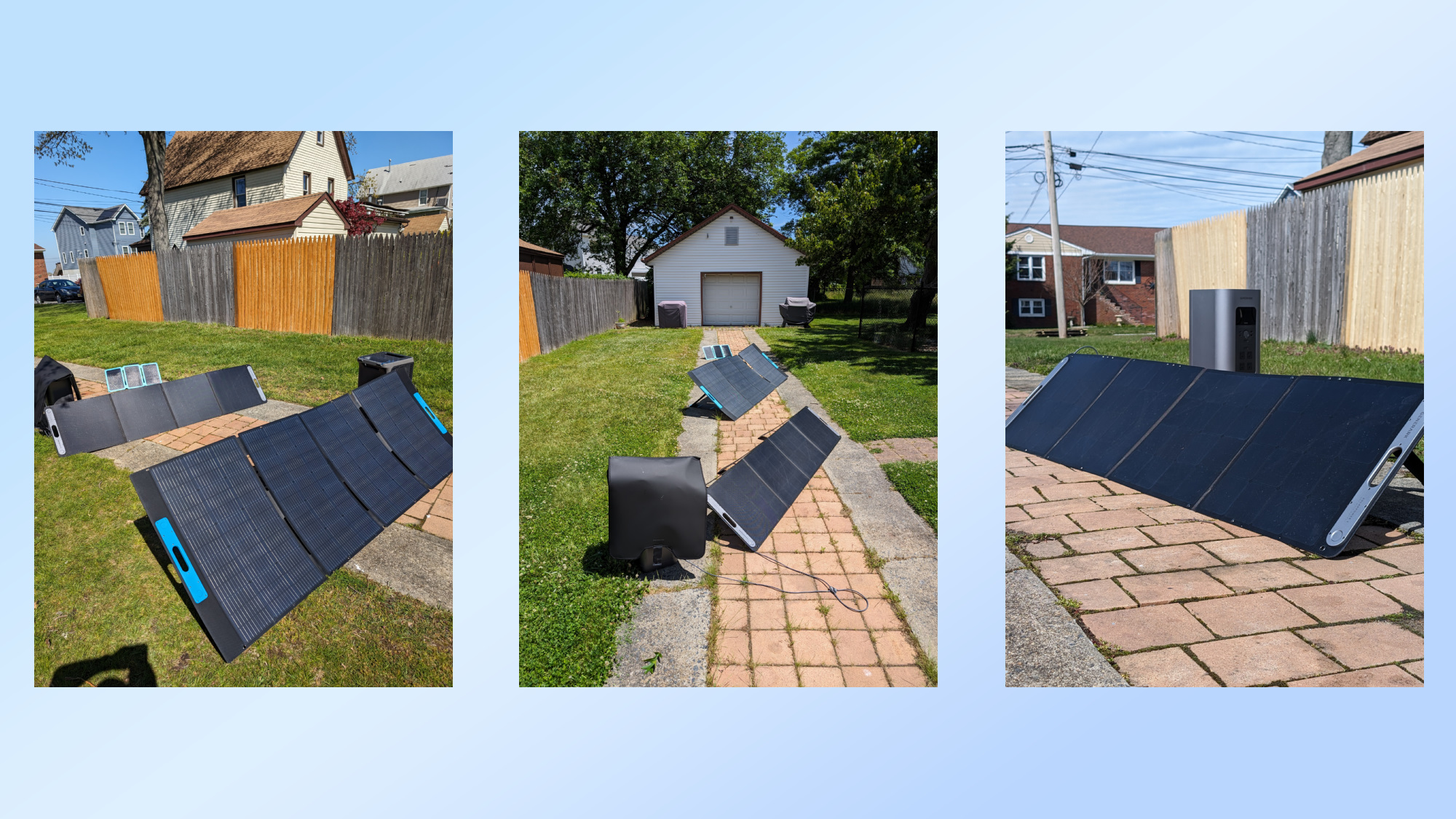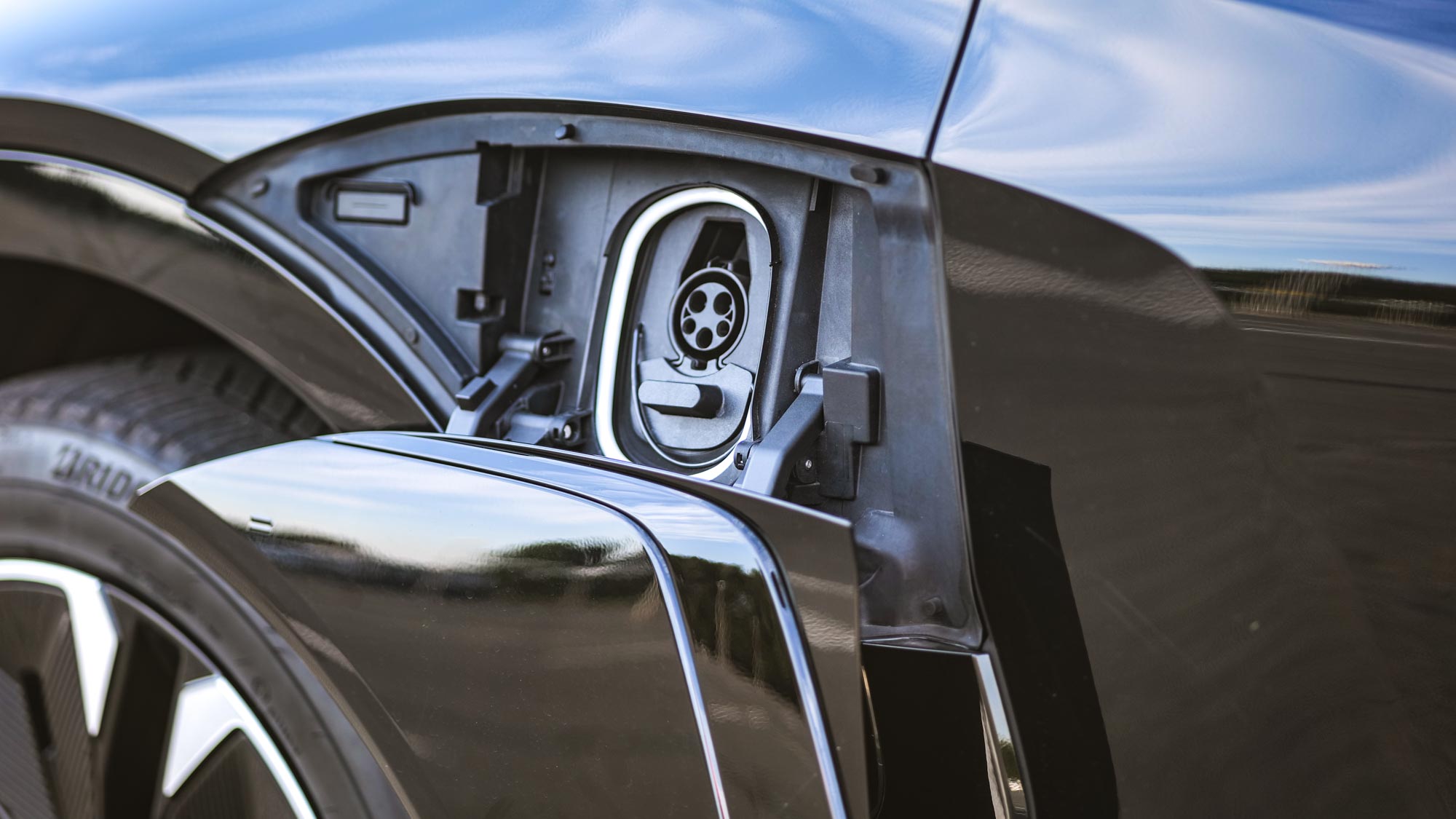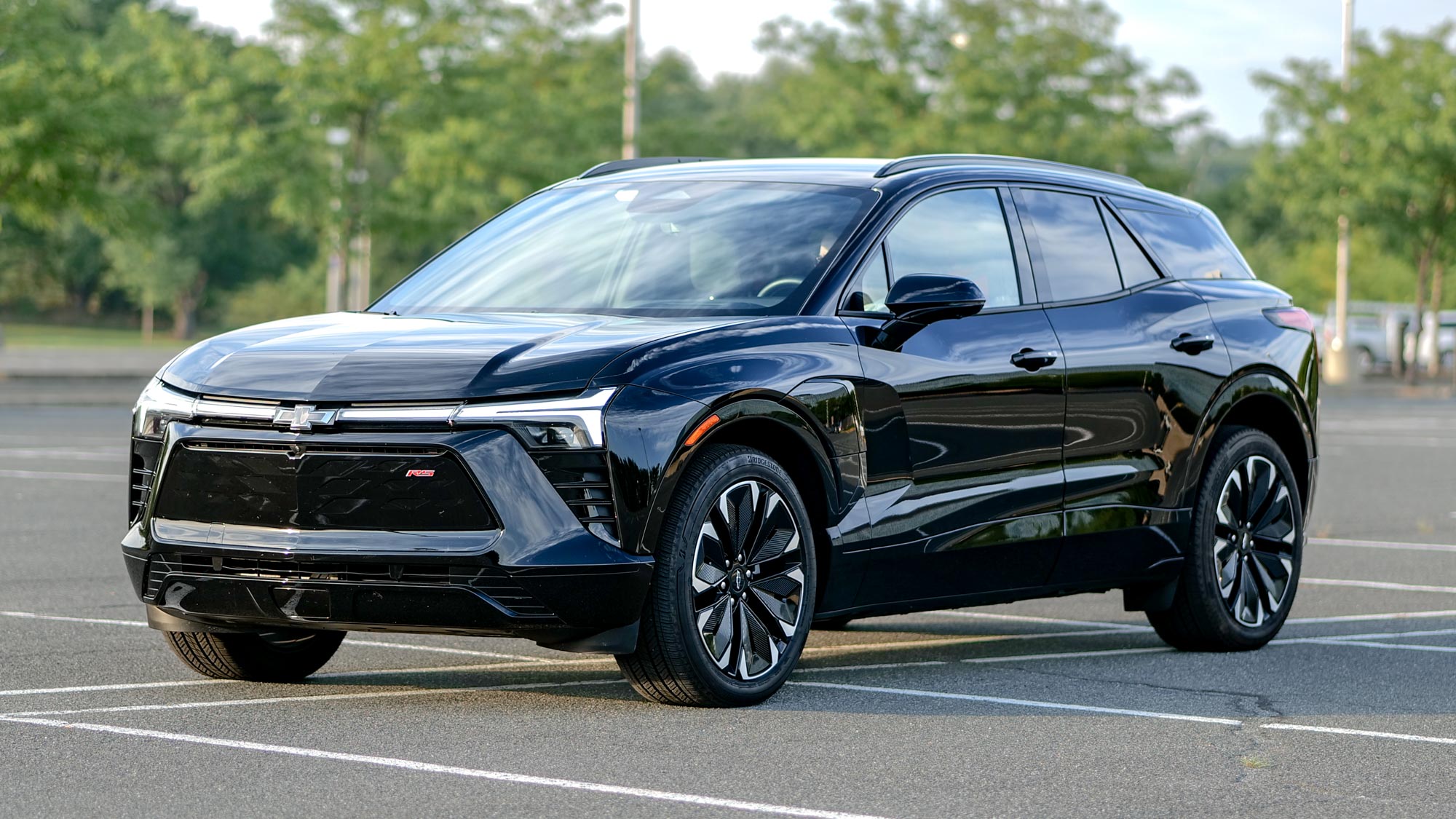
Ever since I got my hands on my first portable power station a few years back, I was already thinking of all the ways I could save on electric use in my household. Since then, I’ve been testing out increasingly larger ones that can sufficiently supply power to larger appliances, like the best smart air conditioners, thanks to their mammoth-sized battery capacities to keep them running for longer.
In the last few months, however, I’ve been doing several test drives with some of the best electric cars around — so I thought it was finally a good opportunity to see how much of a charge I could get using a power station. This idea came to me after I tried charging a Kia EV9 at a charging station only to realize it was just as expensive as filling up on gas due to the rates, along with realizing how slow Level 1 charging at home was like with the Hyundai Ioniq 6.
Let me be clear: EVs have greater long-term savings than traditional gas-powered vehicles. And with the portable power stations that I charge via solar panels, it practically means that I have an endless supply of power at my disposal to charge an EV. Here’s what I found out.
Not all power stations are equal

Just because they’re battery packs doesn’t mean that they could all be used to charge EVs. First of all, you should understand battery capacities to truly realize the gravity of how massive the batteries are in electric vehicles. For example, my Geneverse Solar Generator has a 2,060Wh battery — whereas the average EV packs an 80kWh (80,000Wh) battery. That’s a massive disparity that I didn’t realize until I started to test EVs.
When I tried using the Geneverse Solar Generator to charge the Kia EV9 at home with the included Level 1, I quickly found out that it wouldn’t charge at all. It simply couldn’t do it, so I tried connecting it to my Bluetti AC200P portable power station that has a comparable 2,000Wh battery in it. Neither one worked, so I gave up at that point. However, it turns out that grounding issues prevented me from properly charging them, which would require grounding accessories.
It was only until I used an Anker Solix F3800 with its 3.85kWh (3,850Wh) battery on a 2024 Chevrolet Blazer EV that I got it to work. That’s because it features a 240V power output and a dedicated EV charging mode for up to 6,000W charging. There are also other factors to consider, including setting your EV to a lower amperage setting so that it's not drawing too much power.
Very little range added back

Regrettably, I didn’t get the chance to charge the Anker Solix F3800 to 100% capacity before I started, but I still pushed forward with its battery at 76% starting at 1:15 pm. Meanwhile, the Blazer EV was showing me a charge level of 49% with a range of 157 miles. Through the display on the Anker power station, it showed me an estimated time of 2.7 hours before its battery would be depleted.
I kept on checking up on its progress throughout that weekend afternoon, with the Anker eventually tapping out by 3:48 pm — exactly what it predicted when I first started charging. Considering that I was already familiar with Level 1 charging speeds, I wasn’t too caught off guard that the Blazer EV showed a 51% charge with a range of 163 miles.
Honestly, that’s better than expected because the Blazer EV’s dashboard cluster indicated that the charge was adding about +1 mi/hr of range. I know that 6 miles is nothing compared to what Level 3 chargers can give back in the same amount of time, but that’s more than enough range to get me to and from my commute to the train station.
Bottom line

Now, I wouldn’t recommend strictly relying on portable power stations as a means of charging an EV all the time. But I can see how they could come in handy for emergencies when your EV’s battery is critically low, by giving it enough charge to get you to a proper charging station.
I also want to mention that I used a 400W solar panel to charge the Anker Solix F3800, which typically requires me two separate afternoons to get back to a full charge. While I could get another solar panel to speed up the charging, which I could then turn around to charge an EV, the amount of work needed to do that might not be worth the time or effort. So like I said, it’s great that I’m getting free power, but it just wouldn’t be practical to do daily.







